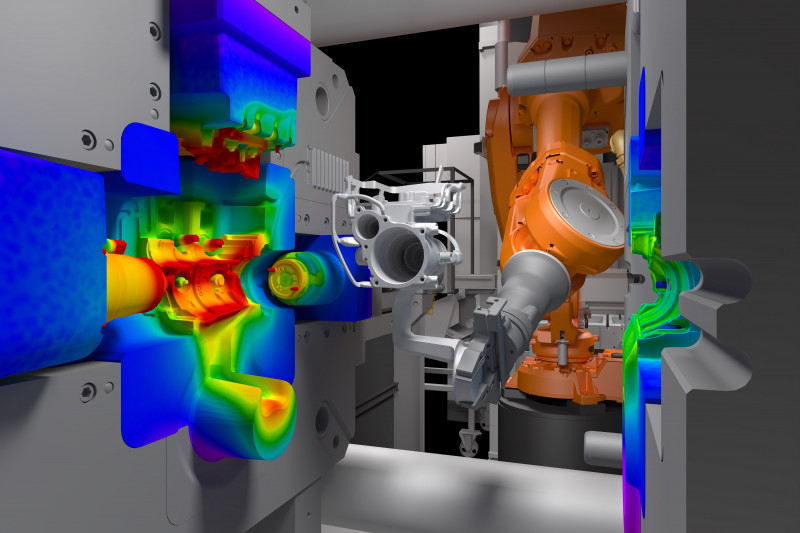Innovation and efficiency are key factors in achieving success in any field. The English language, being the lingua franca of the global community, is no exception. Prototyping, a process commonly associated with product development, can be applied to the English language to advance innovation and enhance efficiency. This article aims to explore how prototyping can revolutionize the way we use and communicate in English.
Before delving into the potential benefits of prototyping in the context of the English language, it is essential to understand what prototyping entails. Simply put, prototyping is the creation of a preliminary model or representation of a product or system. It allows for testing and refining ideas before investing significant resources in their implementation. While traditionally associated with physical products, prototyping can also be applied to intangible concepts, such as languages.
One way prototyping can enhance innovation in the English language is by enabling the creation and testing of new words and phrases. Language is a living entity, constantly evolving to adapt to new trends and technologies. With prototyping, linguistic innovators can propose and trial new vocabulary to gauge its effectiveness and reception. This process can be particularly beneficial in fields such as technology, where new terms are frequently needed to describe emerging concepts.
Furthermore, prototyping can be used to streamline and simplify the English language, making it more efficient for communication purposes. English, with its vast vocabulary and complex grammar rules, can sometimes be challenging for non-native speakers. By prototyping different variations of language structures and rules, linguists can identify and implement changes that make English more accessible and user-friendly for everyone.
Prototyping can also be applied to the development of teaching methods and materials for English language learners. By creating prototypes of different educational approaches, educators can experiment with innovative techniques and tools to enhance the learning experience. This iterative process allows for the identification of effective strategies for English language acquisition, ultimately leading to improved proficiency levels among learners.
Moreover, prototyping can facilitate the localization of the English language for specific regions and cultures. English is widely used as a second language in many countries, each with its own unique linguistic characteristics. By prototyping language adaptations, such as dialects or jargon, English can become more tailored to the needs and preferences of diverse communities. This localization process not only fosters inclusivity but also promotes cultural exchange and understanding.

While prototyping offers numerous advantages for the English language, it is crucial to approach it with caution and consideration. Language is deeply intertwined with identity and culture, and any modifications must be made with respect to these aspects. Collaborative efforts involving linguists, educators, and native speakers are essential to ensure that the prototyping process is inclusive and reflective of the diverse needs and voices of the English-speaking community.
Prototyping has the potential to revolutionize the English language by advancing innovation and enhancing efficiency. Through the creation and testing of new words, simplification of language structures, development of teaching methods, and localization efforts, prototyping can propel the English language forward in a rapidly changing world. However, it is important to approach prototyping with sensitivity, ensuring that any modifications respect the cultural and linguistic diversity of English speakers worldwide. By embracing prototyping, we can foster a more inclusive and dynamic English language that meets the needs of our ever-evolving global community.

 0086-750-5616188
0086-750-5616188 +86 13392089688
+86 13392089688 sales@zhongmei-tech.com
sales@zhongmei-tech.com













